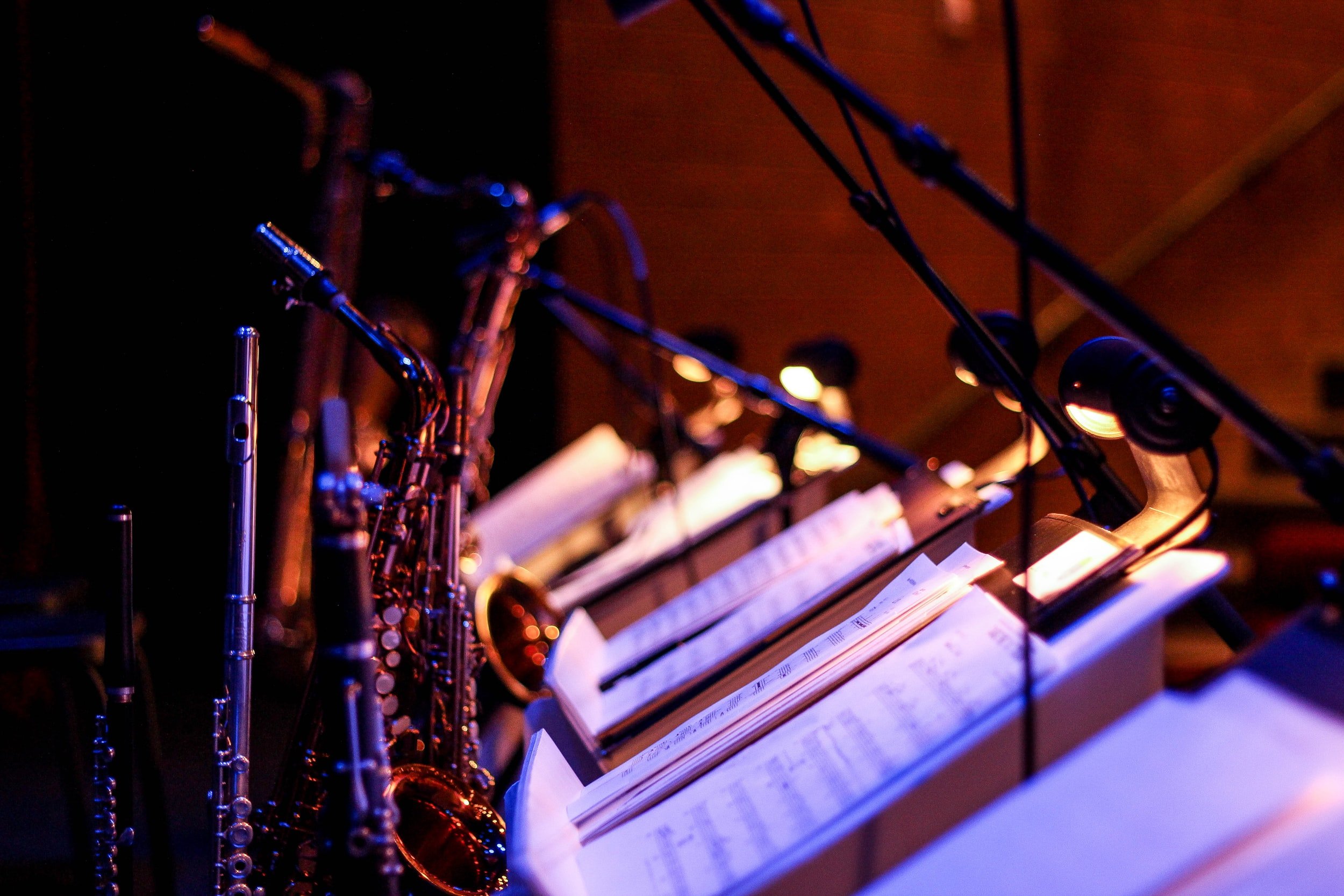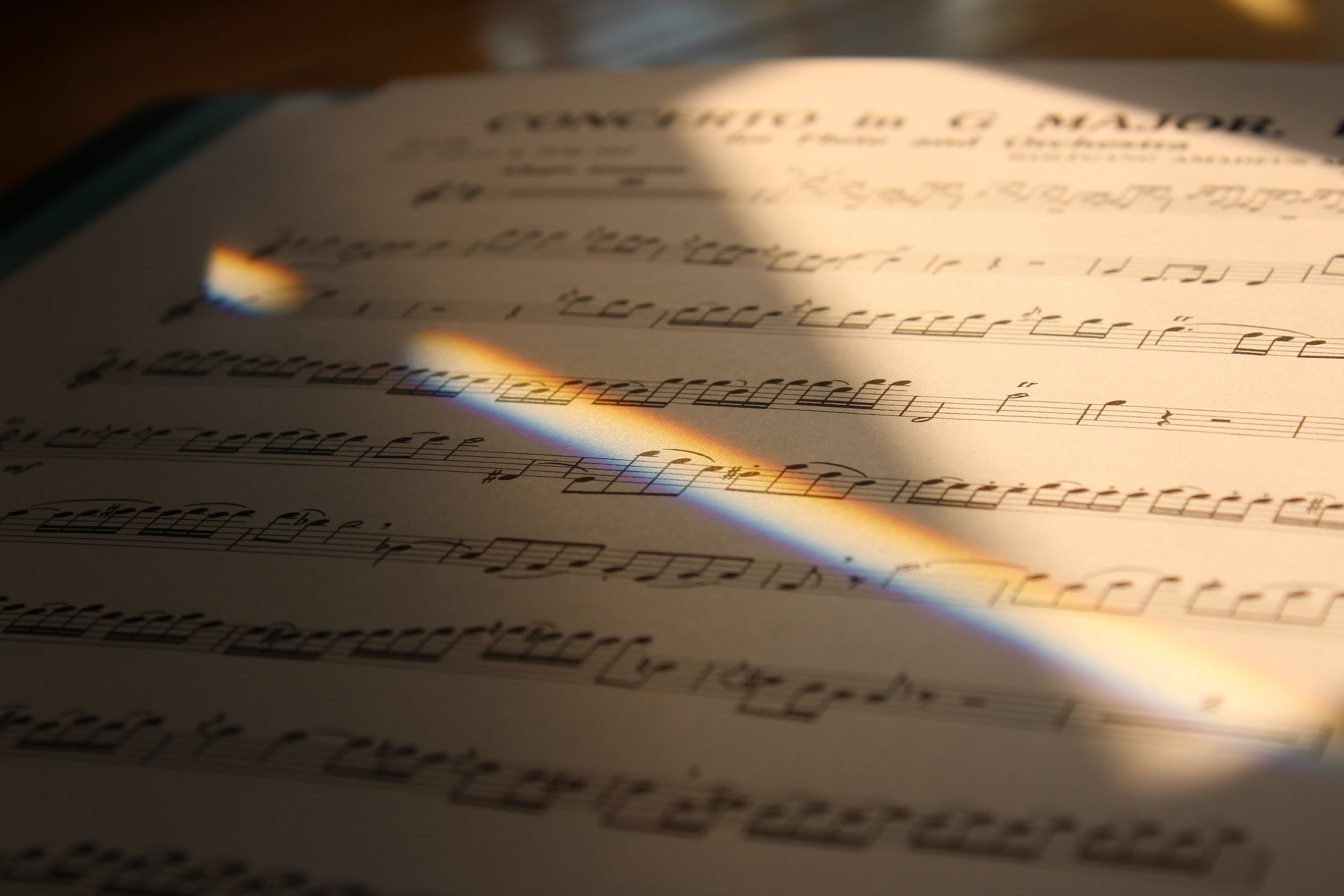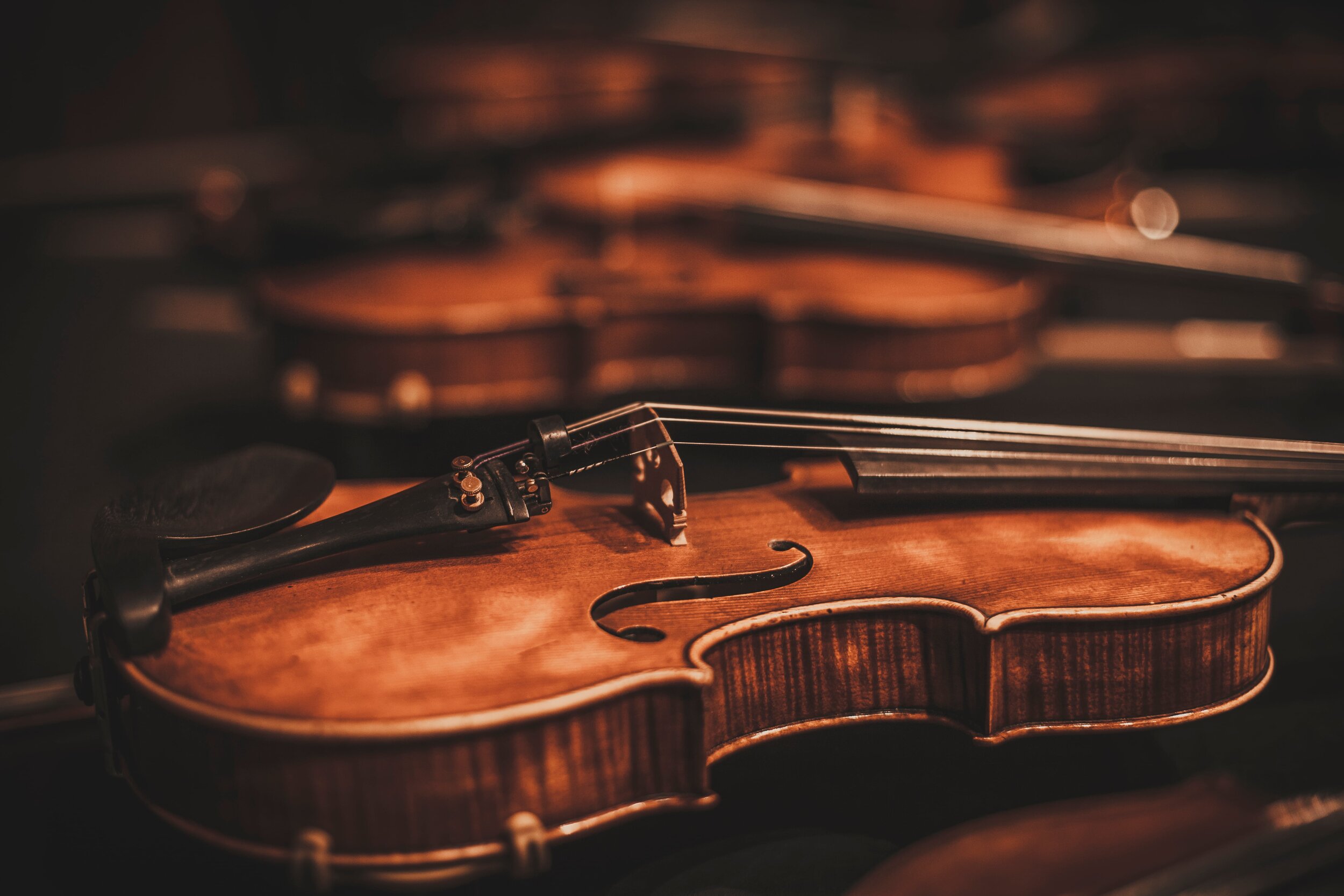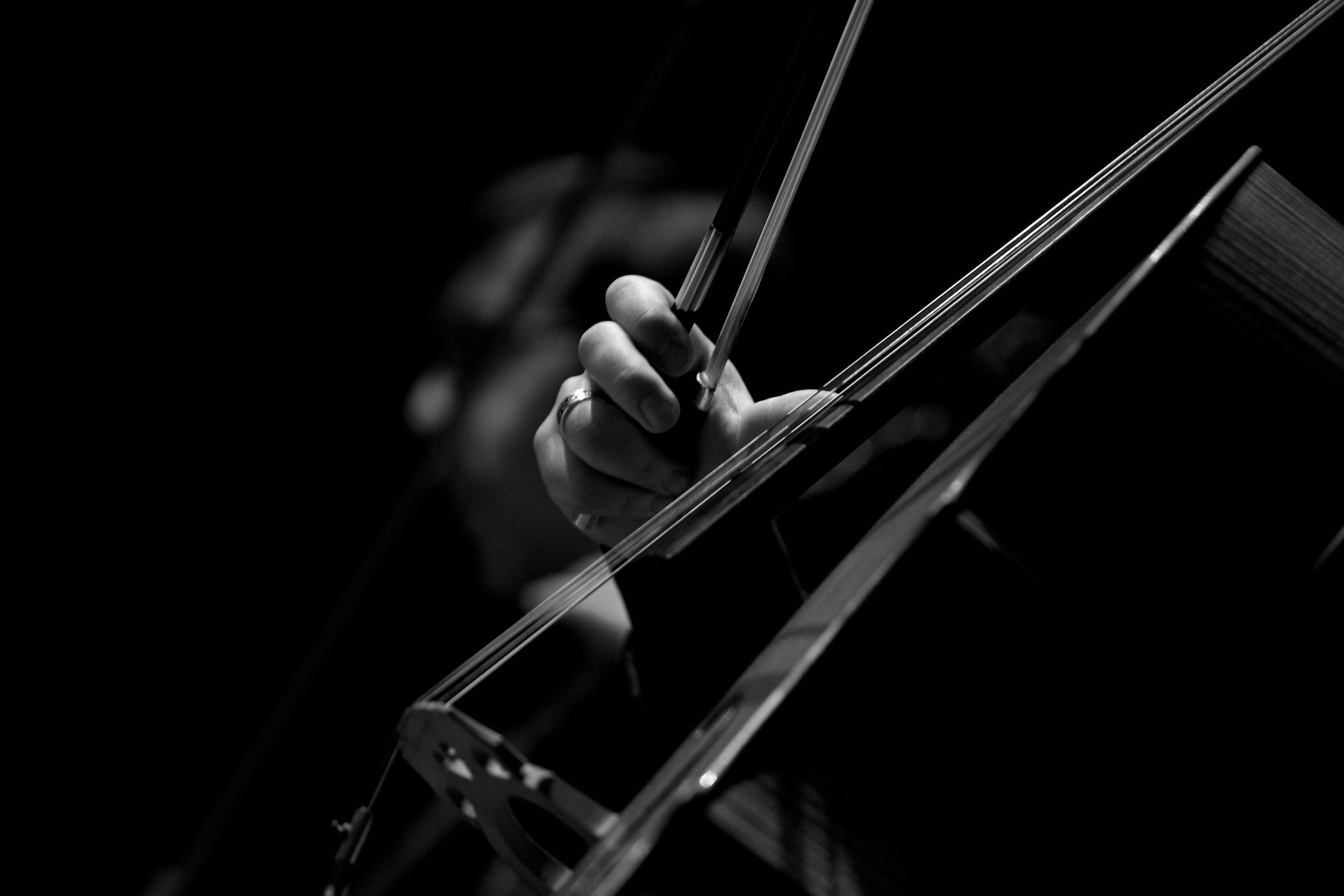Woodwinds | The Oboe Family
Woodwinds | The Oboe Family
Extreme Orchestration
by Don Freund and David CutlerPublished: February 2024
The Oboe
The English horn
The oboe was the first wind instrument to become a standard independent color of the orchestra. Its rich timbre, seductive lyricism, and technical agility made it the leading wind soloist of the Baroque and Classic period, and despite the logistical difficulties associated with it, it remains a mainstay of the orchestral wind section.
The oboe’s double reed is the heart of its distinct character. Since no satisfactory way of mass-producing oboe reeds has been perfected, oboists spend a good part of their lives making and adjusting reeds. Intonation is largely a matter of fine-tuning the reed, and the quality of the reed can have a decisive impact on the color of the instrument. Oboe reeds are notoriously vulnerable to environments of variable temperature and humidity. The commitment demanded of them to construct and maintain their reeds makes oboists a relatively rare and extraordinarily dedicated breed of instrumentalists.
There is no upward-extending auxiliary to the oboe, but the English horn, pitched a perfect 5th below the oboe, is a standard member of a large orchestra, more common than the alto flute, but less common than piccolo.
The oboe’s basic volume diminishes as its pitch ascends, making it the dynamic inverse of the flute. However, this variation in dynamic level is not nearly as pronounced as it is on the flute. In fact, throughout its pitch range, the dynamic compass of the oboe is relatively limited. Although exquisite nuances of dynamics are particularly effective on the oboe, dramatic or violent dynamic gestures are unlikely to project effectively. While dynamic ranges from pp to ff may be notated, composers should not expect the extreme dynamic markings to make an overwhelming impression. The oboe will not cut through a loud orchestral tutti in any register.
The lowest four notes of the oboe are particularly difficult to control, both in tone quality and dynamic shading. They are difficult to attack smoothly, challenging to play softer than mf, and can sound boisterous and coarse on a “bad reed day.” The pitches in the staff are easiest to control, and richly project the oboe’s distinctive timbre. Above the staff, the color becomes thinner and purer, with a laser-like clarity replacing the heavier reediness of the middle register. G6 and A6 (a difficult note) sound extremely pinched. Playing above A6 is only possible if the player bites the reed, and should be avoided for orchestral writing.
The oboe has a penetrating color that can easily stand out from surrounding timbres unless it is overpowered dynamically. This is most true in the lower register. This ability to stand out can be a good or bad thing, of course, so the orchestrator should carefully choose which register to employ depending on the oboe’s role. The pungent color of the oboe mixes well with the far more neutral flute. The oboe and clarinet when doubled in unison can compete in a somewhat nasty way if intonation isn’t dead-on. Naturally, oboes work well in consort with their double-reed cousins, the bassoons. In the middle high register, an oboe can begin to simulate a high, quiet trumpet.
Don’t be misled by the dynamic chart!
Although the oboe, when heard by itself, naturally sounds louder in its lower register, its higher range can make a far more substantial contribution to ƒ tutti passages and flashy woodwind section arabesques.
It might be said that breathing on an oboe is opposite the situation of the flute. In contrast to the flutist’s concern about running out of air, the oboist uses far less air in producing the tone than in normal respiration, resulting in excess stale air in the lungs that needs to be expelled. This gives the oboe the ability to sustain extended sinewy lines of superhuman length. It also means that performers must frequently exhale stale air as well as inhale during a break in the phrase, so taking a breath can seem more labored than on other wind instruments. This, along with the feeling of back-pressure created by the great resistance of the embouchure, gives oboists’ musical phrasing a sense of urgency and insistence that is well-suited to the slower-moving, lyrically compelling lines which have become its trademark. It is virtually impossible to “sneak in” on the oboe, or to fade out to nothing; the sound has a concrete, on/off quality that lends gravity to its presence. On the other hand, the oboe’s focused, objective, somewhat archaic tone and articulation make it particularly well suited for classical clarity and directness.
The oboe, in the hands of an advanced player, is capable of playing fast passagework with a facility that rivals the flute, executing particularly quick single-tongued articulation. Double- and triple-tonguing are not common on the oboe. The “on/off” quality of the tone mentioned above makes staccato articulation more incisive than on other wind instruments. Skips and shifts of register can be handled adroitly. The oboe certainly can handle lighthearted and vivacious musical material, even if the tone quality makes it sound intriguingly out of character.
Slurs are more difficult on the oboe when they go over register breaks, skip down into the low register, or skip up into the extreme high register. On the other hand, slurs can facilitate extended passages of quick passagework on the oboe as well as extended passages in the low register.
Trills on the oboe are all fine except for Bb3 to B3 and C4 to C#4, although trills above F6 are problematic. Tremolos work well as wide as a perfect 4th, but tremolos over a register break or in the high register can be difficult to manage.
THE ENGLISH HORN.
The English horn, it is commonly said, is neither a horn nor English. In fact, the English prefer to call it by its French name, cor anglais. It is more than just a large oboe, having two parts not found on the main instrument. These are a metal pipe connecting the reed to the main body, called a bocal (also found in bassoons), and a bulb-shaped bell borrowed from the older oboe d'amore, hence called a "d'amore" bell. (In German, it's a Liebesfuss – "love foot." Don't go there.) The d'amore bell is effective in smoothing out the lower notes of the instrument, so effective in fact, that one wonders why oboes never grew one. With a more distinctive color than even the oboe, the English horn is frequently described as "sonorous," and "melancholic," although Howard Hanson said it best: "lugubrious." Its registral characteristics resemble the oboe, sounding transposed down a p5. Its tone color is most striking in the lower range, and its lowest notes are easier to control than the equivalent notes on the oboe. Although playable up to written F♯6 (sounding B5), notes written above the staff become progressively weaker and should only be used when a third oboe is not available and doubling is inconvenient.
Extreme Caution!
The English horn’s lowest written note is B3, not Bb3 as in the oboe. This is because the Bb key would naturally fall where the d’amore bell is located.
DOUBLING.
Practically all oboists above the pre-college level double on English horn, although it requires its own customized reeds, entailing extra work for the performer. Playing artistically on English horn is a skill to be developed, so major orchestras have an English horn specialist on their rosters.
Oboe Family Orchestral Examples.
Here are examples from orchestral literature that demonstrate characteristics of the oboe family.
OBOE EXCERPTS.
Brahms: Symphony No. 1, 2nd Movement: Here the oboe spins a sinewy melodic line. The richness of the tone penetrates through every 16th note, giving this line a strength, depth, and continuity unique to the oboe. (Notation note: Brahms’s use of slurs from the last note of a tie and to the first note of tie is not in keeping with the preferred modern practice.)
Schubert: Symphony No. 9 in C, “The Great,” 2nd Movement: The natural incisiveness and clarity of the oboe’s articulation of this folk-like melody give it a remarkable combination of classical directness and dancing details. The sustained lyricism of the last six bars displays a completely different side of the oboe’s character.
Prokofiev’s use of the low range of the oboe to represent a duck allows that region of the oboe’s sound to be heard for all its richness and possible awkwardness. Prokofiev’s slurs here do not follow the technical rules for tonguing indications, since repeated notes under slurs will to be tongued.
This passage exploits the lightness possible at the high end of the oboe’s range. The speed of the tonguing here is difficult for the oboe, although the same passage would be relatively easy on flute.
This is an extreme example of fast passage-work in the oboe’s lower range. It is effective, but notoriously difficult, particularly when skipping down to B3 in measure 11 as a slur in p.
Dvorak: Symphony No. 9, “From the New World,” 2nd Movement, m.7-18. Although this solo fits in the oboe’s range, the sound of the English horn in this register gives it a unique fullness and richness of color, beautifully demonstrating the English horn’s distinctive color. (We can’t really explain why Dvorak did not use the expected 4-flat key signature for this “F” instrument in a transposed score with a concert key signature of 5 flats.)
Dvorak: Symphony No. 9, “From the New World,” 2nd Movement, m.7-18
Click for score and audio (10:20)





















































